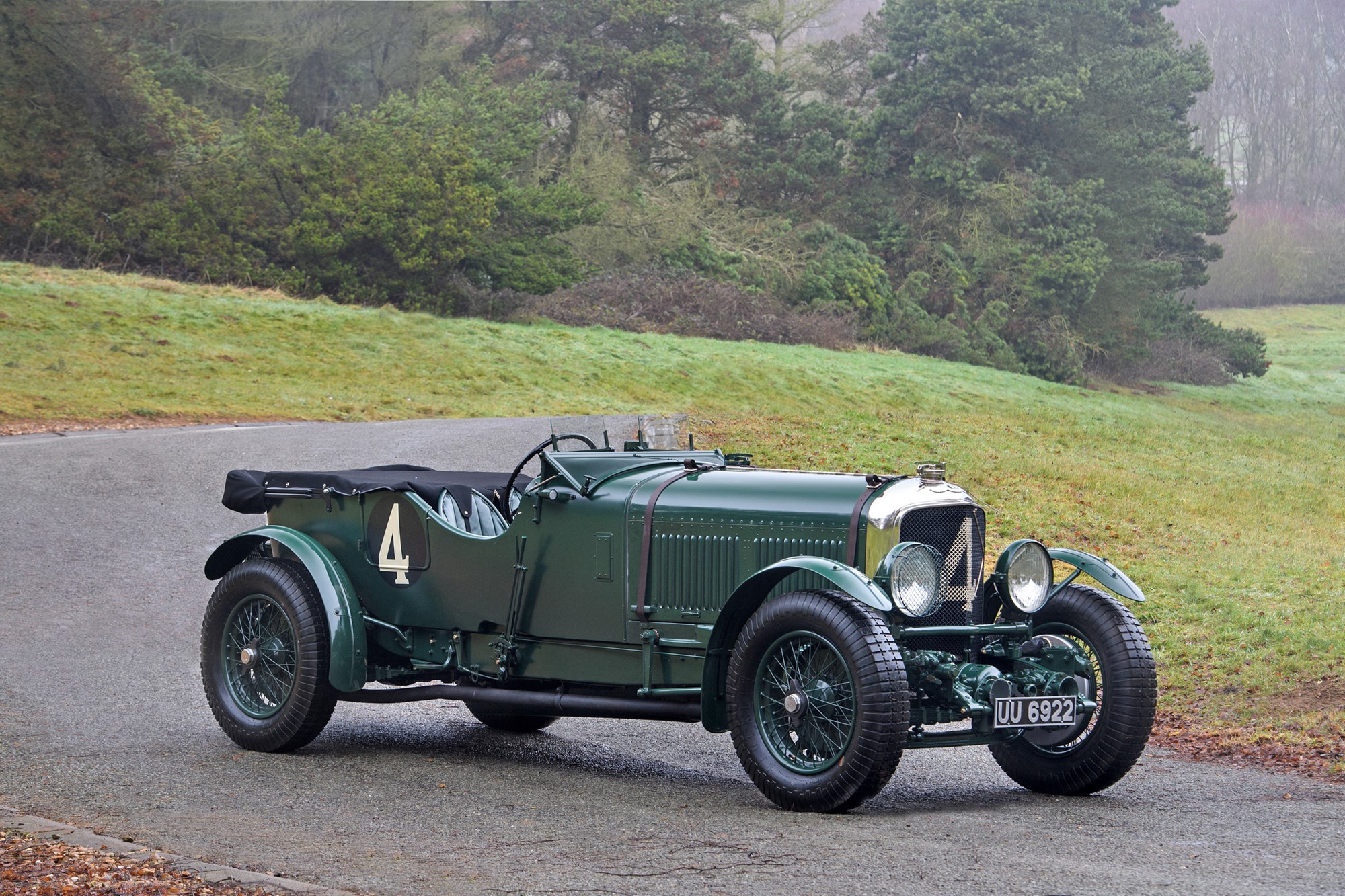
The Bentley Speed Six chassis was introduced in 1928 as a more sporting version of the Bentley 6½ Litre. With a single-port block, two SU carburettors, a high-performance camshaft, and a compression ratio of 5.3:1, the Speed Six's engine produced 180 hp (130 kW) at 3500 rpm. The Speed Six chassis was available to customers with wheelbases of 138 inches (3,505 mm), 140.5 inches (3,569 mm), and 152.5 inches (3,874 mm), with the 138 inch wheelbase being most popular.
The Criminal Investigation Department of the Western Australia Police operated two saloon-bodied examples as patrol cars.
In March 1930, Barnato raced against the Blue Train in a Speed Six with H. J. Mulliner saloon coachwork, reaching his club in London before the train was due in the station at Calais. It had generally been believed that the car in the race was a Gurney Nutting Sportsman Coupé, but that coupé was delivered to Barnato in May 1930, more than a month after the race.
Factory racing cars
The racing version of the Speed Six had a wheelbase of 11 feet (132 in; 3,353 mm) and an engine with a compression ratio of 6.1:1 that produced 200 hp (150 kW) at 3500 rpm. Successful in racing, these cars won the 24 Hours of Le Mans in 1929 and 1930 with Bentley Boys drivers "Tim" Birkin, Glen Kidston, and Woolf Barnato, the chairman of Bentley Motors.



















